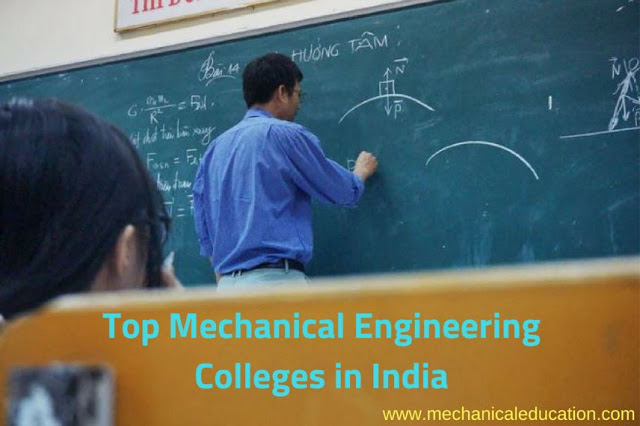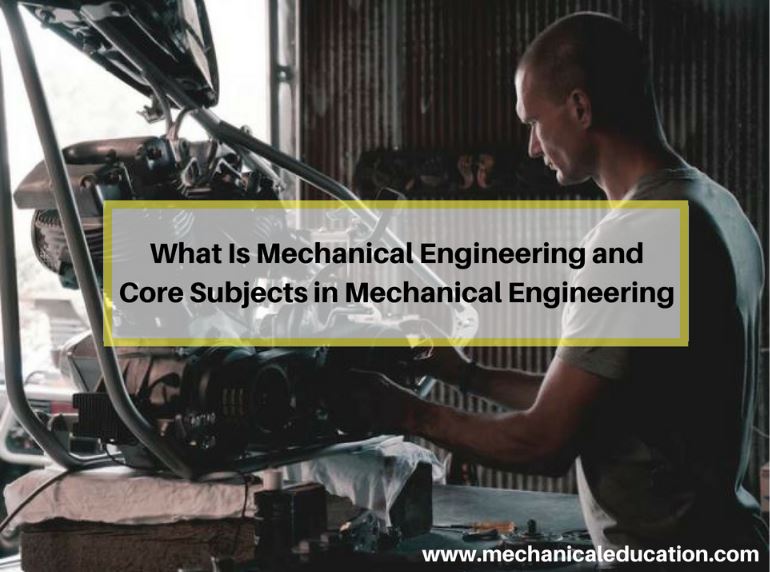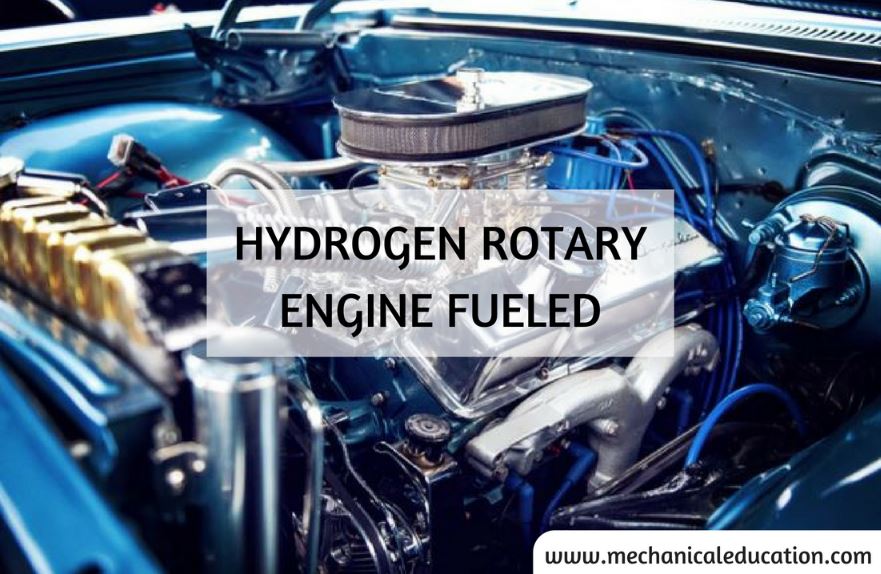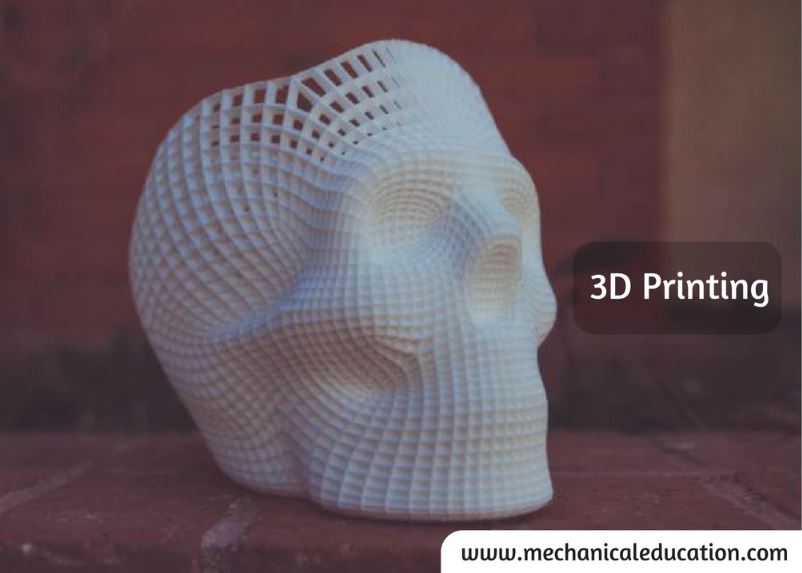What is Shell and Tube Evaporators?
Shell and tube evaporators are a type of heat exchanger commonly used for evaporation processes in various industrial applications. Here’s an overview of their structure and function:
Structure:
- Shell: The shell is a cylindrical vessel typically made of metal (such as stainless steel) that contains the evaporator tubes and serves as the outer casing of the heat exchanger.
- Tubes: Evaporator tubes are typically made of metal and are arranged inside the shell. These tubes provide pathways for the flow of the liquid to be evaporated and for the circulation of heating medium (such as steam or hot water) to provide the necessary heat for evaporation.
- Baffles: Baffles are internal structures within the shell that help direct the flow of the heating medium and the liquid to be evaporated, enhancing heat transfer efficiency.
Function:
- Liquid Circulation: The liquid to be evaporated enters the shell side of the heat exchanger through an inlet nozzle and flows over the evaporator tubes.
- Heat Transfer: The heating medium, typically steam or hot water, circulates through the tubes. Heat is transferred from the heating medium to the liquid flowing over the tubes, causing the liquid to evaporate.
- Vapor Generation: As heat is transferred to the liquid, it reaches its boiling point, and vapor (or steam) is generated. The vapor rises inside the shell, while any unevaporated liquid continues to flow down the shell side.
- Vapor Separation: Inside the shell, mechanisms such as demisters or separators may be used to separate the vapor from any remaining liquid droplets.
- Vapor Removal: The vapor exits the shell side of the heat exchanger through a vapor outlet, where it can be collected for further processing or condensation.
- Concentration: The liquid that remains after evaporation, often more concentrated due to the removal of vapor, exits the heat exchanger through a liquid outlet.
- Condensation (Optional): In some applications, the vapor collected from the evaporator may be condensed back into liquid form using a separate condenser unit.
Types of Tubular Evaporators
There are two main types of shell-and-tube evaporators, each with distinct working principles:
- Flooded Shell-and-Tube Evaporators
- In this type, the liquid to be evaporated surrounds the tube bundle inside the shell.
- The heating process causes the liquid to boil, turning into vapor either through small localized bubbles (nucleation boiling) or through a thin film on the tube surface (film boiling).
- The system can be fine-tuned by adjusting the liquid level, enabling a controlled steam overheat of up to 5°C.
- Dry Expansion and Thermosyphon Evaporators
- Here, the liquid circulates inside the tubes rather than around them.
- In dry expansion evaporators, a thermostatic expansion valve regulates the flow, ensuring proper heat absorption. These are commonly used in industrial refrigeration.
- Thermosyphon evaporators, on the other hand, are often found in distillation systems. They use natural circulation, typically positioned at the base of a distillation column to promote liquid movement through pressure differences.
Both types of evaporators are designed to enhance heat exchange efficiency, ensuring optimal energy use and process performance. The choice between them depends on the specific application and operating conditions.
Working Principle of a Tubular Evaporator
A tubular evaporator operates by transferring heat to a liquid, causing it to evaporate and turn into gas. It is a specialized heat exchanger designed to handle this phase change efficiently. The process relies on controlled heating and fluid dynamics to achieve effective evaporation.
How It Works
- Heat Transfer Mechanism
- The evaporator consists of a bundle of tubes enclosed in a cylindrical shell.
- A hot fluid (such as steam or another heating medium) flows through one side of the system, transferring heat to the liquid that needs to be evaporated.
- This heat causes the liquid to reach its boiling point and transition into vapor.
- Fluid Flow and Evaporation
- Depending on the design, the liquid being evaporated can either be inside the tubes (dry expansion and thermosyphon type) or outside the tubes (flooded type).
- In flooded evaporators, the liquid is immersed around the tubes, boiling as heat is applied.
- In dry expansion and thermosyphon evaporators, the liquid circulates inside the tubes, where it absorbs heat and evaporates.
- Control and Efficiency
- The system is designed to control the evaporation rate, ensuring efficient heat transfer and preventing overheating.
- Additional mechanisms, such as thermostatic expansion valves (in dry expansion types), help regulate the flow and temperature of the evaporating liquid.
- Application in Industry
- Tubular evaporators are widely used in industrial refrigeration, distillation, and chemical processing due to their efficiency and ability to handle large volumes of liquid.
In essence, the tubular evaporator works by using heat to convert a liquid into vapor through efficient heat exchange, optimizing energy use for industrial applications.
Applications:
- Shell and tube evaporators find widespread use in industries such as chemical processing, petrochemical, food and beverage, pharmaceuticals, HVAC (Heating, Ventilation, and Air Conditioning), and power generation for various evaporation processes, including concentration, desalination, and solvent recovery.
Advantages:
- Shell and tube evaporators offer several advantages, including high heat transfer efficiency, versatility in handling a wide range of flow rates and temperatures, durability, and suitability for high-pressure applications.
Disadvantages:
- Drawbacks include the potential for fouling on the tube surfaces, which can reduce heat transfer efficiency over time, and the need for periodic maintenance and cleaning to mitigate fouling effects.
In summary, shell and tube evaporators are essential components in many industrial processes, providing efficient heat transfer for liquid evaporation applications.
Importance of Evaporators
Evaporators play a crucial role in various industries by facilitating the conversion of liquids into gases through heat transfer. They are essential in processes where concentration, cooling, or separation of substances is required.
Why Are Evaporators Important?
- Efficient Heat Transfer
- Evaporators maximize energy efficiency by using heat to induce phase changes, making industrial processes more cost-effective.
- They are designed to handle large volumes of liquid with minimal energy waste.
- Key Component in Cooling Systems
- In refrigeration and air conditioning, evaporators absorb heat from the surroundings, helping maintain controlled temperatures in industries, homes, and commercial spaces.
- Used in Industrial and Chemical Processes
- Many industries, such as food processing, pharmaceuticals, and chemical manufacturing, rely on evaporators to concentrate solutions, remove excess water, and purify substances.
- For example, in distillation processes, evaporators help separate components based on boiling points.
- Supports Water Treatment and Waste Reduction
- In desalination plants, evaporators remove salt from seawater, producing fresh water.
- They also aid in waste management by reducing liquid waste volumes through evaporation, making disposal more efficient.
- Enhances Product Quality
- In food industries, evaporators help in the production of condensed milk, fruit concentrates, and other preserved products by reducing moisture while retaining essential nutrients and flavors.
Conclusion
Evaporators are indispensable in many industries, providing energy-efficient solutions for cooling, concentration, purification, and waste reduction. Their ability to transform liquids into vapor through controlled heat transfer makes them a vital technology for modern industrial applications.
Frequently Asked Questions
What is a shell and tube evaporator?
A shell and tube evaporator is a type of heat exchanger used for the evaporation of liquids. It consists of a shell (outer casing) containing multiple tubes through which a heating medium flows, transferring heat to the liquid to be evaporated.
How does a shell and tube evaporator work?
In a shell and tube evaporator, the liquid to be evaporated flows through the tubes, while the heating medium (such as steam or hot water) flows through the shell. Heat is transferred from the heating medium to the liquid, causing it to evaporate.
What are the main components of a shell and tube evaporator?
The main components include the shell (outer casing), tubes, baffles (internal structures for directing flow), inlet and outlet connections for the liquid and heating medium, and possibly vapor separation mechanisms.
What industries commonly use shell and tube evaporators?
Shell and tube evaporators are used in industries such as chemical processing, petrochemical, food and beverage, pharmaceuticals, HVAC, and power generation for various evaporation processes.
What factors affect the efficiency of a shell and tube evaporator?
Factors such as temperature difference between the heating medium and the liquid, flow rates, tube design, and fouling tendencies can affect the efficiency of a shell and tube evaporator.
How are shell and tube evaporators cleaned and maintained?
Shell and tube evaporators may require periodic cleaning to remove fouling deposits on the tube surfaces. Cleaning methods may include mechanical brushing, chemical cleaning, or water flushing.
Are shell and tube evaporators suitable for high-pressure applications?
Yes, shell and tube evaporators are often designed to withstand high pressures and are suitable for applications where elevated pressures are required.
Can shell and tube evaporators handle corrosive liquids?
Yes, shell and tube evaporators can be constructed from corrosion-resistant materials such as stainless steel or alloys to handle corrosive liquids effectively.
What are the advantages of using shell and tube evaporators?
Advantages include high heat transfer efficiency, versatility in handling different flow rates and temperatures, durability, and suitability for high-pressure applications.
What are the limitations of shell and tube evaporators?
Limitations include the potential for fouling on the tube surfaces, which can reduce heat transfer efficiency over time, and the need for periodic maintenance and cleaning to mitigate fouling effects.




